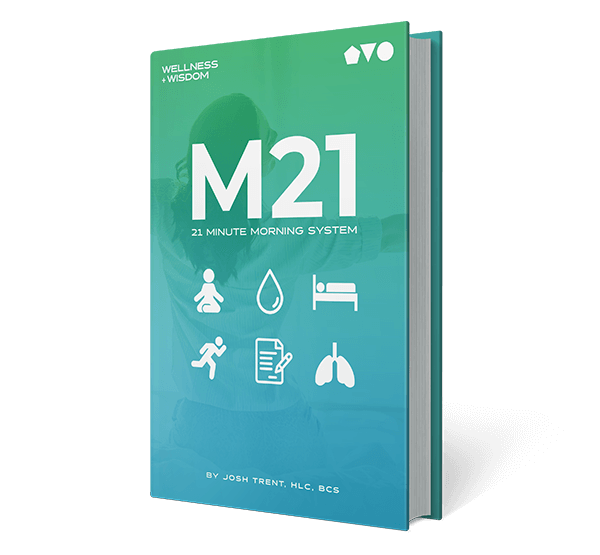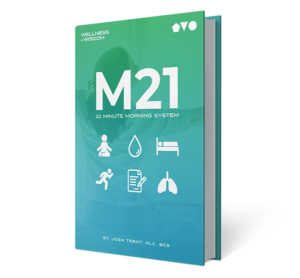 The exposure of oil field workers to a range of hazards that can result in severe and life-altering injuries is a common occurrence. The risks are significant, from equipment malfunctions to chemical exposures, and can lead to devastating consequences. An accurate report from the Bureau of Labor Statistics (BLS) states that the oil and gas extraction industry has one of the highest rates of occupational injuries and fatalities. In an accident, victims may sustain various injuries that can have long-term implications for their health and well-being.
The exposure of oil field workers to a range of hazards that can result in severe and life-altering injuries is a common occurrence. The risks are significant, from equipment malfunctions to chemical exposures, and can lead to devastating consequences. An accurate report from the Bureau of Labor Statistics (BLS) states that the oil and gas extraction industry has one of the highest rates of occupational injuries and fatalities. In an accident, victims may sustain various injuries that can have long-term implications for their health and well-being.
Suppose you or a loved one has suffered from a severe injury due to an oil field accident. In that case, it's crucial to seek legal assistance from experts like the oil field injury attorneys at the Wyatt Law Firm. They can help you understand your rights and fight for the compensation you deserve for your injuries and losses.
Table of Contents
Traumatic Brain Injuries
Traumatic brain injuries (TBIs) can occur when oil field workers experience a blow or jolt to the head, causing damage to the brain. Reliable report from the Centers for Disease Control and Prevention (CDC), TBIs contribute to about 30% of all injury-related deaths in the United States.
In oil field accidents, falls, equipment malfunctions, or vehicle collisions can result in TBIs, leading to long-term cognitive impairments, physical disabilities, and emotional challenges. Ensuring early identification of the disease and treatment are crucial for managing TBIs and improving recovery outcomes.
Spinal Cord Injuries
Spinal cord injuries can occur when oil field workers experience a sudden impact or trauma to the spine, leading in partial or complete paralysis. A verifiable and trustable report from the National Spinal Cord Injury Statistical Center (NSCISC) has it that the average annual incidence of spinal cord injuries in the United States is approximately 17,730 new cases each year. In oil field accidents, falls from heights, vehicle rollovers, or being struck by heavy machinery can cause severe spinal cord injuries, requiring immediate medical intervention, rehabilitation, and long-term care.
Burns and Explosions
 Due to flammable materials and ignition sources, burns and explosions are significant risks in the oil and gas industry. According to the American Burn Association (ABA), approximately 486,000 burn injuries get medical treatment each year in the United States, with a significant number occurring in workplace accidents. Oil field workers may suffer from thermal burns, chemical burns, or blast injuries in accidents involving fires, explosions, or chemical exposures. These injuries often need extensive medical treatment, including skin grafts, surgeries, and rehabilitation.
Due to flammable materials and ignition sources, burns and explosions are significant risks in the oil and gas industry. According to the American Burn Association (ABA), approximately 486,000 burn injuries get medical treatment each year in the United States, with a significant number occurring in workplace accidents. Oil field workers may suffer from thermal burns, chemical burns, or blast injuries in accidents involving fires, explosions, or chemical exposures. These injuries often need extensive medical treatment, including skin grafts, surgeries, and rehabilitation.
Crush Injuries
Crush injuries can occur when oil field workers become trapped or caught between heavy objects or machinery, leading to severe tissue damage, fractures, or limb amputations. The Occupational Safety and Health Administration stresses the significance of proper equipment maintenance, safety protocols, and training to prevent crush injuries. In oil field accidents, heavy machinery malfunctions, equipment rollovers, or structural collapses can result in devastating crush injuries, requiring immediate medical attention, surgeries, and long-term rehabilitation.
Chemical Exposures
Chemical exposures are a significant concern in the oil and gas industry, where workers may come into contact with dangerous substances such as hydrocarbons, drilling fluids, and cleaning agents. Accurate information from the National Institute for Occupational Safety and Health states that occupational exposure to hazardous chemicals can cause respiratory problems, skin irritations, and long-term health effects.
In oil field accidents, leaks, spills, or improper handling of chemicals can lead to acute poisoning, chemical burns, or chronic health conditions. Proper safety measures, including essential items such as personal protective equipment (PPE) and training, prevent chemical exposures and protect workers' health.
Oil field workers encounter a variety of risks that can result in severe and debilitating injuries, affecting their health, livelihoods, and quality of life. By understanding the potential dangers and implementing robust safety measures, business owners can create a safer work environment.









